Outer Space & Universe
Outer Space & Universe
Space, also known as outer space, is the near-vacuum between celestial bodies. It is where everything (all of the planets, stars, galaxies and other objects) is found.
On Earth, space begins at the Kármán line (100 km above sea level). This is where Earth's atmosphere is said to stop and outer space begins. This is not a firm boundary but is a convention used by scientists and diplomats.
Items in space are free to move back and forth; up and down; and left and right. These three dimensions are what make 3D space. Items also move forward through time, which is sometimes called the fourth dimension.
The majority of space contains very little matter and so most of it is a vacuum. Scientists do not know how big space is but we do know that space is extremely big, and is always expanding.
According to the big bang theory, all matter and energy in the Universe was compressed into a very small space. Then it exploded and started expanding. Space is still growing in size today; this means the distance from one galaxy to distant galaxies is getting longer.
Gravity is the force that keeps the Moon in orbit around the Earth and the planets in orbit around the Sun. Gravity can stretch and bend space similar to how a heavy ball placed on a stretched sheet of rubber will cause the rubber to stretch. The scientist who discovered that space can bend is named Albert Einstein. How gravity bends space is part of his theory of general relativity.
Astronauts, Cosmonauts, Taikonauts and Spationauts
An astronaut is any person who is trained by NASA to travel and perform tasks in space. Although the space traveler may not necessarily be a United States citizen, each astronaut does go through a rigorous training regiment by the National Aeronautics and Space Administration. Other space travelers go by other names then astronaut depending on their country of origin.
In the United States, astronaut is derived from the Greek words ástron (star) and nautis (sailor). While, in Russia, a space traveler goes by the name космонавт (English: cosmonaut), which is derived from the Greek words kosmos (universe) and nautis (sailor). Westerners call a space traveler from China a taikonaut, based on the 1998 writings of Chiew Lee Yik and Chen Lan where the term tàikōng (great emptiness), Chinese for “space”. In China, the term yuháng yuán (universe navigator) is used for space traveler.
Only the United States of America (United States), Russia (earlier, the Union of Soviet Socialist Republics), and the People’s Republic of China (China) have sent manned spacecraft into space. Other countries have assisted these countries by sending their own space travelers on space missions. For instance, a French space traveler is called a spationaut (from the French word spationaute), which is derived from the Latin spatium (space) and Greek nautis (sailor). (plural in Greek nautes = sailors)
-
01:37
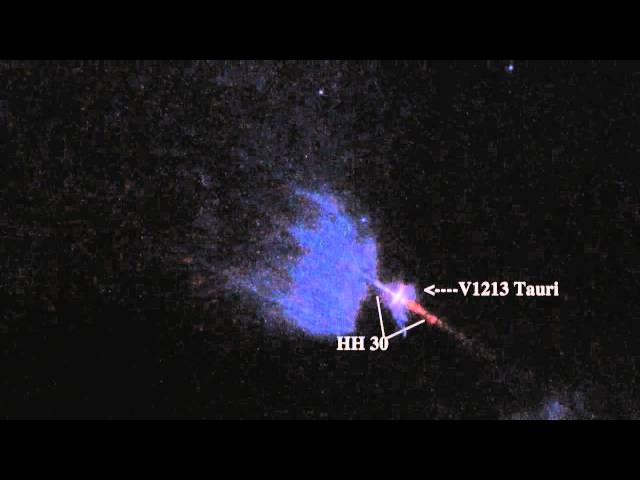
Hubble Catches Stars Blowing Hot Gas Bubbles and Jets | Video
Added 772 Views / 0 LikesHubble Catches Stars Blowing Hot Gas Bubbles and Jets | Video
-
05:26
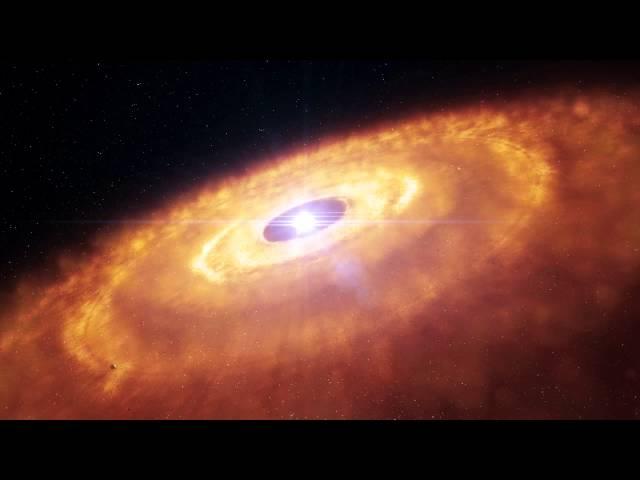
Star's Planet-Forming Disc Revealed In Unprecedented Detail | Video
Added 826 Views / 0 LikesStar's Planet-Forming Disc Revealed In Unprecedented Detail | Video
-
00:58
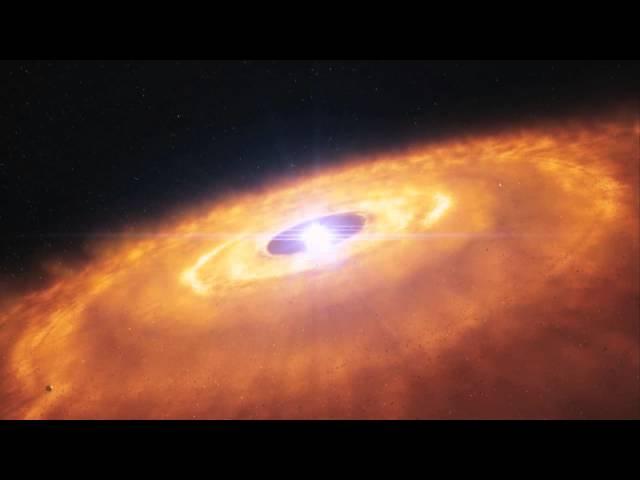
Star's Protoplanetary Disc Visualized By Artists | Video
Added 679 Views / 0 LikesStar's Protoplanetary Disc Visualized By Artists | Video
-
03:01
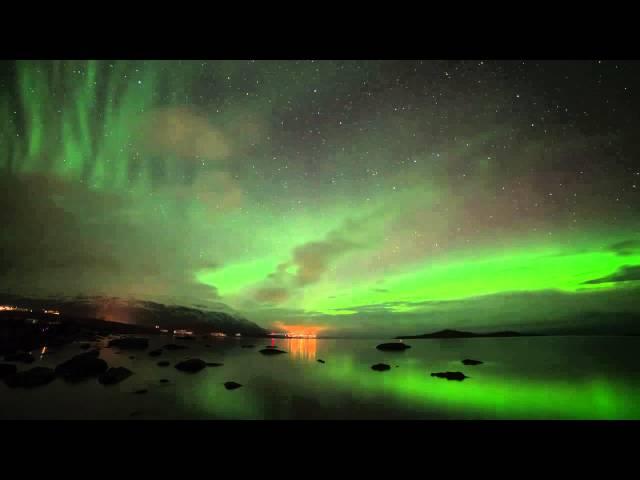
Incredible Auroras Wow Skywatchers In Sweden | Video
Added 820 Views / 0 LikesIncredible Auroras Wow Skywatchers In Sweden | Video
-
00:55
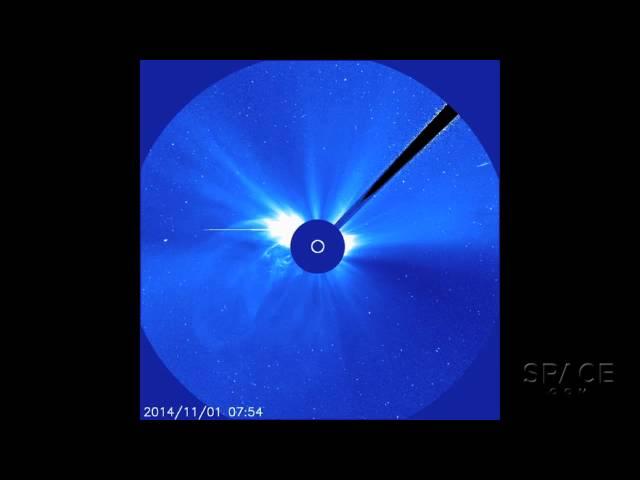
Rare Solar 'Hyder' Flare Erupts, Blasts CME | Video
Added 732 Views / 0 LikesRare Solar 'Hyder' Flare Erupts, Blasts CME | Video
-
01:44
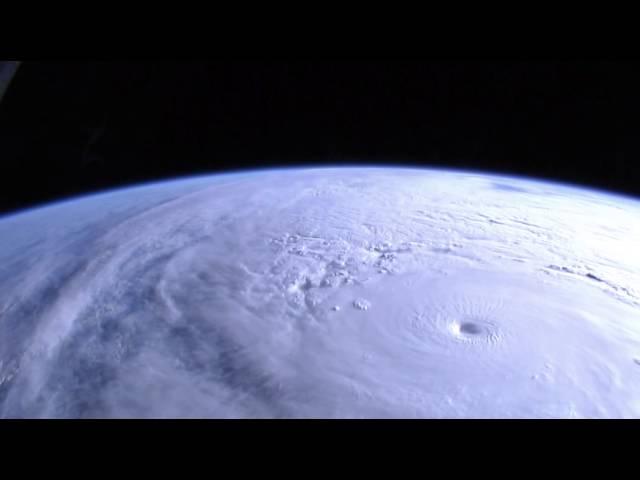
Hurricane Vance Captured By Space Station's Earth View Cam | Video
Added 757 Views / 0 LikesHurricane Vance Captured By Space Station's Earth View Cam | Video
-
00:37

'Exozodiacal Light' Brightens Alien Planet's Skies | Artist Impression Video
Added 682 Views / 0 Likes'Exozodiacal Light' Brightens Alien Planet's Skies | Artist Impression Video
-
03:25
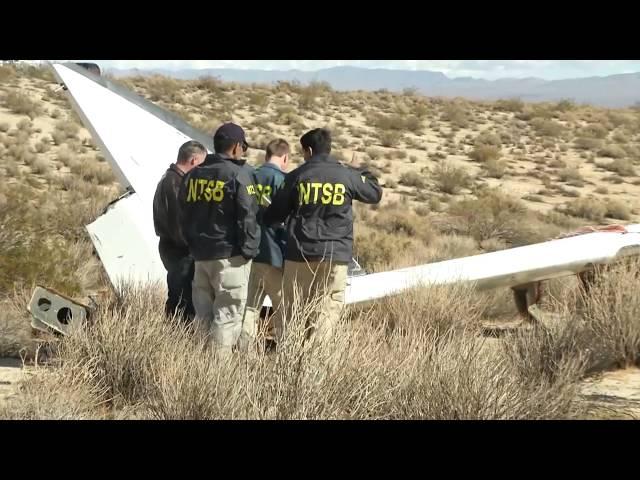
SpaceShipTwo Wreckage Investigated By NTSB | Raw Video
Added 734 Views / 0 LikesSpaceShipTwo Wreckage Investigated By NTSB | Raw Video
-
05:02
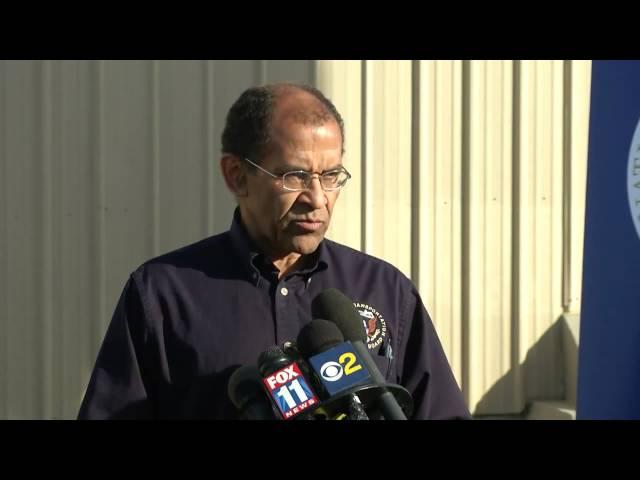
SpaceShipTwo Crash - NTSB Holds First Press Briefing | Video
Added 710 Views / 0 LikesSpaceShipTwo Crash - NTSB Holds First Press Briefing | Video
-
03:38
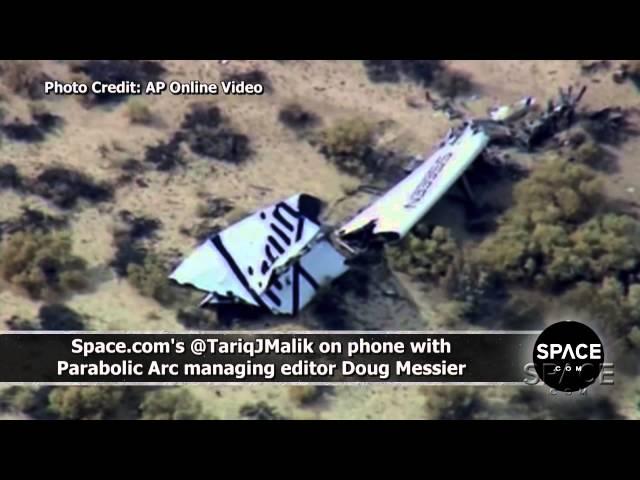
SpaceShipTwo Crash - First Hand Account From Mojave | Video
Added 905 Views / 0 LikesSpaceShipTwo Crash - First Hand Account From Mojave | Video
-
07:45
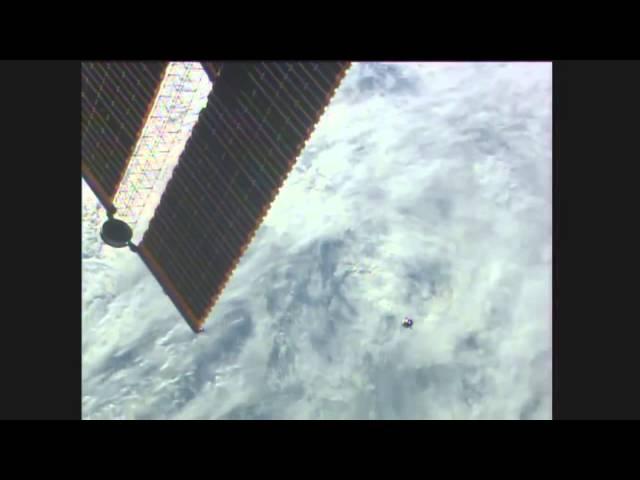
Russia Launches ISS Re-Supply Mission, Docks 6 Hours Later | Video
Added 671 Views / 0 LikesRussia Launches ISS Re-Supply Mission, Docks 6 Hours Later | Video
-
00:57
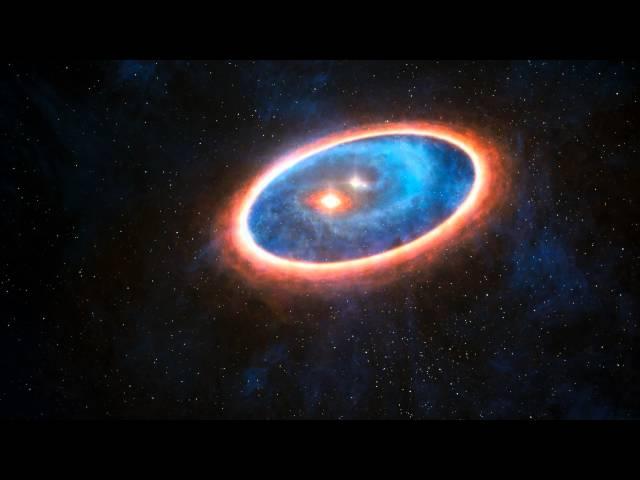
Cosmic Yin-Yang of Double Disc Binary Stars Recasts Exoplanet Search | Video
Added 966 Views / 0 LikesCosmic Yin-Yang of Double Disc Binary Stars Recasts Exoplanet Search | Video
-
01:36
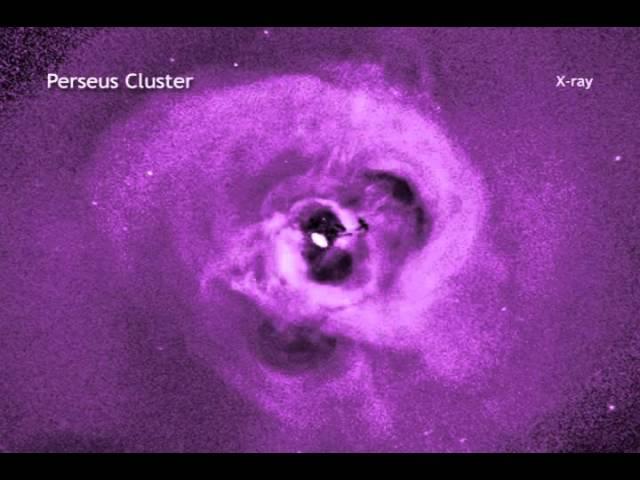
Turbulent Hot Gas Stunts Star Growth In Galaxy Clusters | Video
Added 754 Views / 0 LikesTurbulent Hot Gas Stunts Star Growth In Galaxy Clusters | Video
-
02:20
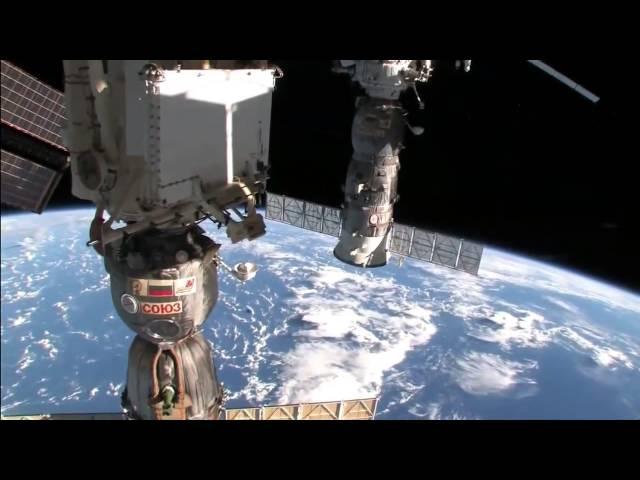
Astronaut Cady Coleman's Space Station Cupola Tour
Added 848 Views / 0 LikesAstronaut Cady Coleman's Space Station Cupola Tour
-
07:53

NASA Warns Not To Touch Antares Rocket Debris, Contact Authorities | Video
Added 907 Views / 0 LikesNASA Warns Not To Touch Antares Rocket Debris, Contact Authorities | Video
-
04:13
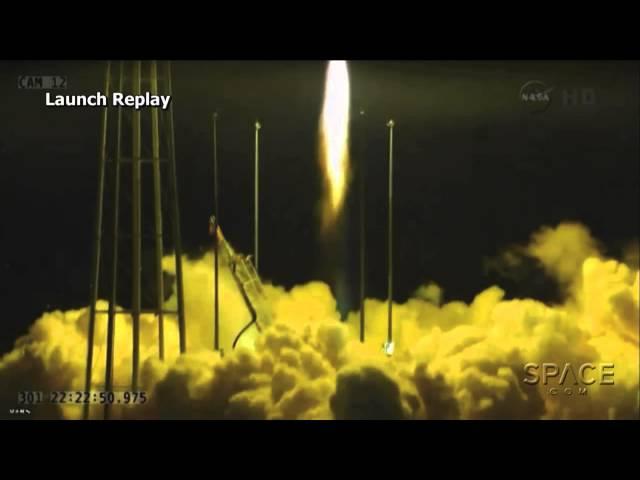
Antares Rocket Explosion - First Hand Account From NASA Wallops | Video
Added 906 Views / 0 LikesAntares Rocket Explosion - First Hand Account From NASA Wallops | Video
-
02:34
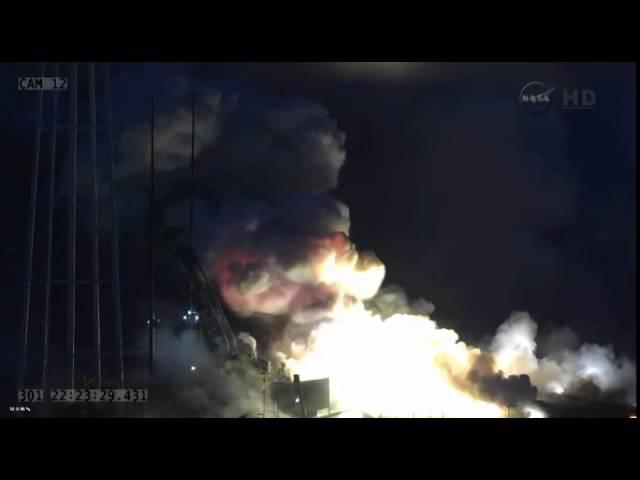
Explosion! Cygnus Cargo Spacecraft Destroyed In Launch Mishap | Video
Added 717 Views / 0 LikesExplosion! Cygnus Cargo Spacecraft Destroyed In Launch Mishap | Video
-
08:09
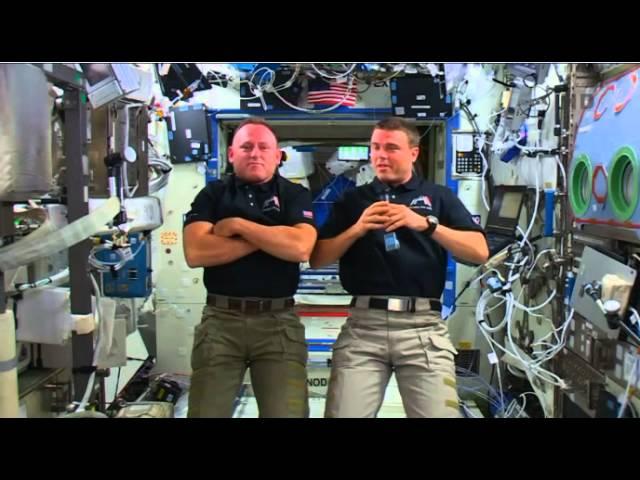
NASA Chief Calls ISS, Talks Crab Cakes and Gets Advised | Video
Added 817 Views / 0 LikesNASA Chief Calls ISS, Talks Crab Cakes and Gets Advised | Video
-
01:18
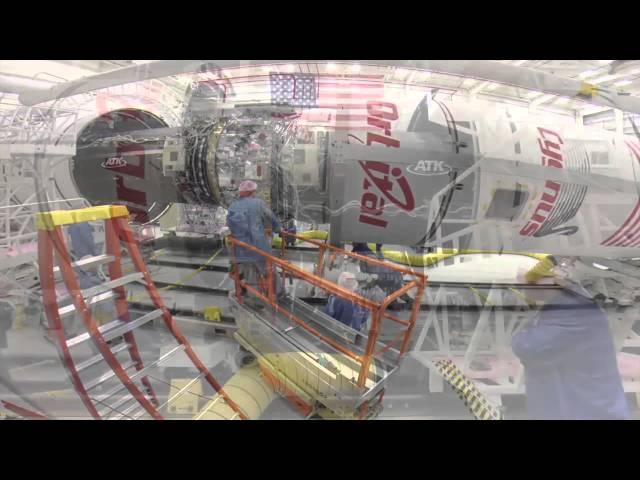
Antares ORB3 Rocket Readied For Launch To Space Station | Raw Video
Added 777 Views / 0 LikesAntares ORB3 Rocket Readied For Launch To Space Station | Raw Video
-
00:55

X-Flare Again! Huge Complex of Sun Storms Not Letting Up | Video
Added 703 Views / 0 LikesX-Flare Again! Huge Complex of Sun Storms Not Letting Up | Video
